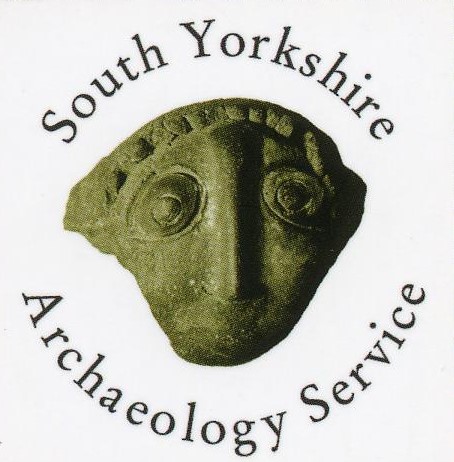Firth Park Historic Park & Garden
Location/Address
None recorded
Type
Description
This Historic Park and Garden was identified and considered Locally Listed under the Sheffield UDP and UDP Policy BE21, which can be seen here: https://www.sheffield.gov.uk/sites/default/files/2022-07/03-udp-built-environment.pdf . The supporting document, which contains the schedule of identified Historic Parks & Gardens, can be seen here: https://www.sheffield.gov.uk/sites/default/files/docs/planning-and-development/sheffield-plan/Historic%20Parks%20%26%20Gardens.pdf. As a result, the park and all its associated features has been included in the current Local Heritage List for South Yorkshire.
Firth Park was the first park in the City to be donated by a public benefactor. The park is a typical example of a Victorian public park, with some of its original features still in evidence and much of the original character still apparent.
Firth Park occupies what was part of the grounds of Page Hall, a private residence built in 1773 by Thomas Broadbent, a local banker and industrialist. Mark Firth, the eldest son of Thomas Firth of the famous steel and gun forging firm, bought Page Hall and its grounds for £29,000 in the 1840's, having previously considered residences in other parts of the City. The grounds were enlarged to include land belonging to the Vicar of Ecclesfield and some private property to the west of the estate.
During Mark Firth time as Mayor, he presented thirty six acres of the grounds of Page Hall to the people of Sheffield for use as a public park. At that time, the location of the park in a rural and agricultural setting to the north east of the town centre in an elevated position, provided an easily accessible outing from the noise and pollution of the town but would also act as a magnet for development, presenting an attractive location for building.
The royal opening of Firth Park by the Prince and Princess of Wales on 16 August 1875, just a few weeks before Weston Park, was one of the most memorable events in the history of the town, well documented in the local newspapers. It caught the imagination of the local people and boosted civic pride. Accounts of the park during the first half of this century describe the quality and popularity of the park. It contained such features as the gateway, refreshment house, small lake, pond and fountain, bandstand, rock work, woodland, shrubberies, gymnasium and recreation ground. It was a popular venue for cricket and football and attracted large numbers of visitors particularly from Brightside, Attercliffe and Pitsmoor.
The airy and rural character of the park is still much in evidence today, with extensive views from the elevated part of the park over the City. Much of the original structure remains with the notable loss of a few features such as the pond, now filled in to create a hard surface basketball area, and the bandstand.
Sheffield Directorate of Planning and Economic Development, 1997, Sheffield's Historic Parks and Gardens (Unpublished document).
Statement of Significance
None recorded
Date Listed
n/a
Last Updated
07 Sep 2022
Comments and Feedback
Do you have any questions or more information about this record?



